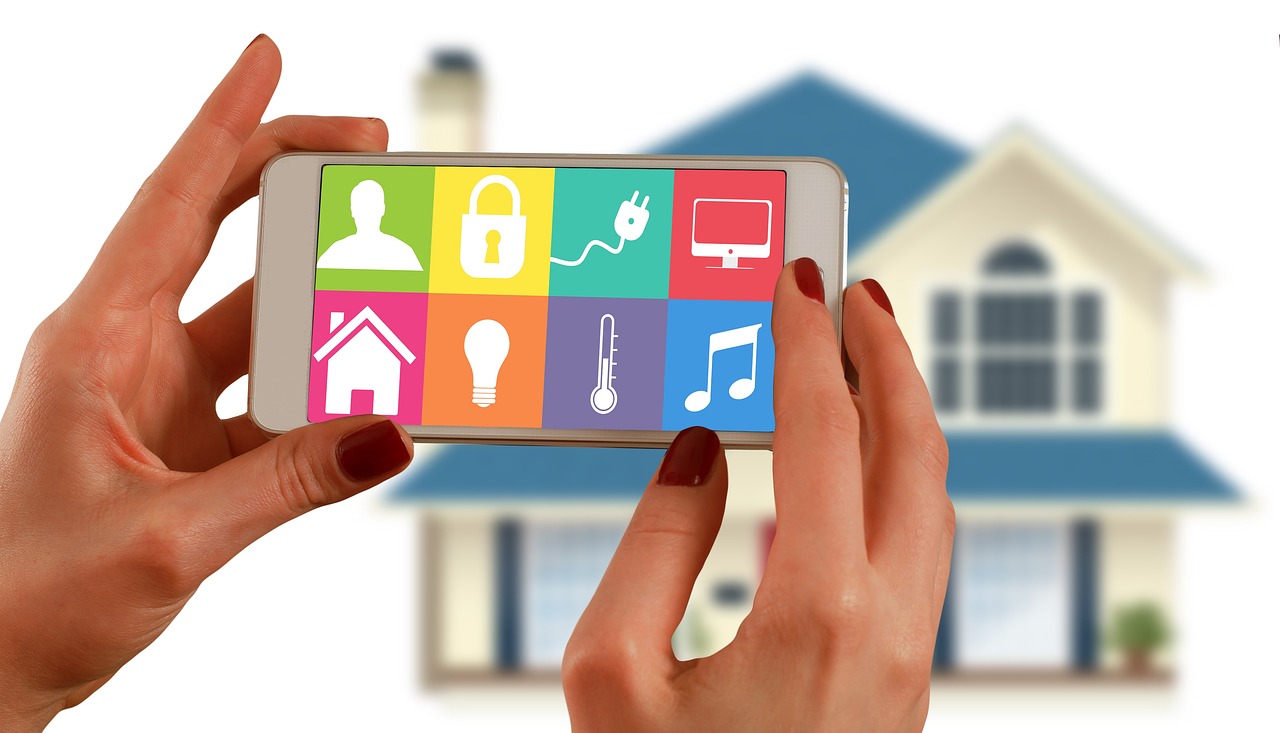Designing a home that feels both stylish and practical is often more challenging than it seems. While glossy magazines and social media feeds may showcase stunning interiors, they don’t always translate into everyday living. Real homes require design solutions that balance beauty with functionality, reflecting personal style without sacrificing comfort or practicality. Smart design for real homes is about creating spaces that not only look good but also work seamlessly for the people who live in them.
The Heart of Smart Design
Smart design starts with intentionality. It’s not about filling every corner with trendy pieces but about carefully curating items that serve a purpose. This may mean multifunctional furniture that saves space, neutral backdrops that allow for seasonal updates, or layouts that support daily routines.
The key is to see design not as an aesthetic afterthought but as an integral part of how a home functions. A thoughtfully designed space makes everyday life easier—whether it’s a dining area that doubles as a workspace, a living room with flexible seating for guests, or a mudroom that helps keep clutter at bay.
Inspiration at Your Fingertips
With so many ideas available, it can be hard to know where to begin. Online design platforms provide accessible inspiration and practical advice for homeowners looking to refresh their spaces. For example, https//decoratoradvice.com offers tips that range from layout solutions to creative décor touches, showing how smart design can be both stylish and achievable. Resources like this remind us that design isn’t reserved for professionals or luxury projects—it’s something anyone can explore and adapt to their own home.
Décor That Balances Form and Function
One of the foundations of smart home design is blending beauty with utility. A statement armchair may be eye-catching, but if it’s uncomfortable or oversized for the room, it quickly becomes impractical. Similarly, decorative pieces should enhance the atmosphere without overcrowding the space.
Think in layers: a functional base with practical furniture, complemented by personal accents such as artwork, textiles, and lighting. This balance ensures that spaces remain livable while still reflecting personality. A smartly designed home is one where every item has its place and purpose, without compromising charm or comfort.
The Power of Color and Texture
Décor that works well for real homes often relies on subtle yet impactful elements like color and texture. Neutral walls provide a versatile canvas, while pops of color in cushions, rugs, or artwork can easily be updated over time. Textures such as wood, linen, or woven accents add depth and warmth, making spaces feel inviting.
Smart design recognizes that color and texture influence mood as much as aesthetics. Cool hues create calm in bedrooms, while warmer tones encourage energy in living spaces. This conscious use of design elements transforms houses into homes that respond to the rhythms of everyday life.
Small Spaces, Big Solutions
For many homeowners, space is at a premium. Smart design embraces this challenge with creative solutions. Foldaway furniture, modular storage, and vertical shelving maximize limited square footage without making rooms feel crowded. Mirrors and well-placed lighting also play a role, opening up smaller spaces and creating the illusion of more room.
These practical adjustments prove that even the most modest homes can feel expansive and stylish with the right approach. It’s not about size—it’s about design choices that make every inch count.
Personalized Décor That Tells a Story
No two homes should feel exactly alike, and décor is the perfect opportunity to express individuality. Personal touches—family photos, handmade items, travel mementos, or vintage finds—give spaces authenticity. Smart design weaves these elements into the décor so they feel intentional rather than cluttered.
By curating meaningful items, homeowners create spaces that tell their story while still maintaining a sense of order and flow. A living room with a gallery wall of family artwork or a kitchen with heirloom ceramics becomes both functional and emotionally resonant.
Lighting as a Design Essential
Often overlooked, lighting is one of the most powerful tools in home design. A smartly designed lighting plan layers ambient, task, and accent lighting to create atmosphere and support activities. A kitchen benefits from bright task lighting, while a living room comes alive with soft lamps and statement fixtures.
Natural light is equally vital. Maximizing windows and using reflective surfaces enhances brightness, making spaces feel larger and more uplifting. By paying attention to lighting, homeowners can transform the mood and utility of their spaces without major renovations.
Everyday Elegance
At its core, smart design is about creating homes that serve and inspire. It’s the thoughtful balance of function and beauty, the blending of practical solutions with personal expression. From clever storage in small spaces to the layering of color, texture, and light, décor ideas that work are those that fit seamlessly into daily life.
Functional homes are within reach for everyone. Smart design doesn’t demand perfection or extravagance—it thrives on creativity, intention, and authenticity. When homes are designed this way, they become more than backdrops for life; they become sanctuaries of comfort, joy, and everyday elegance.

